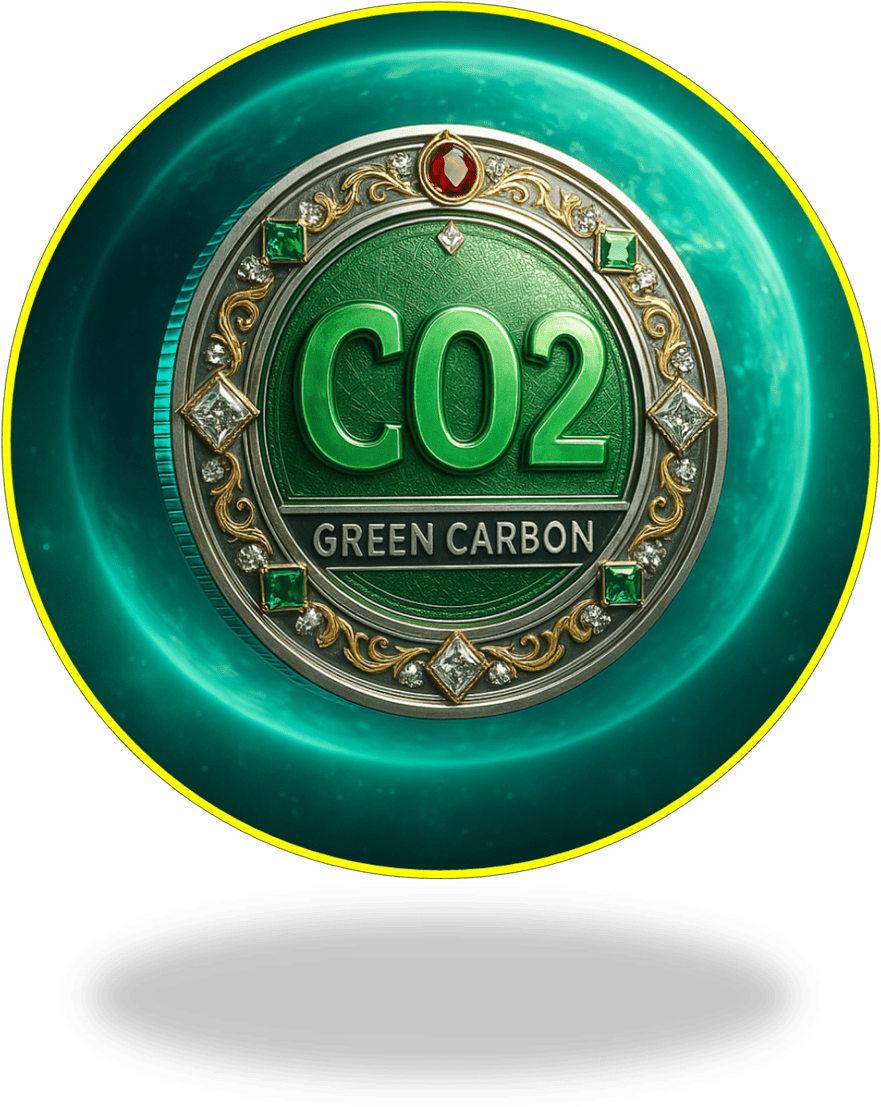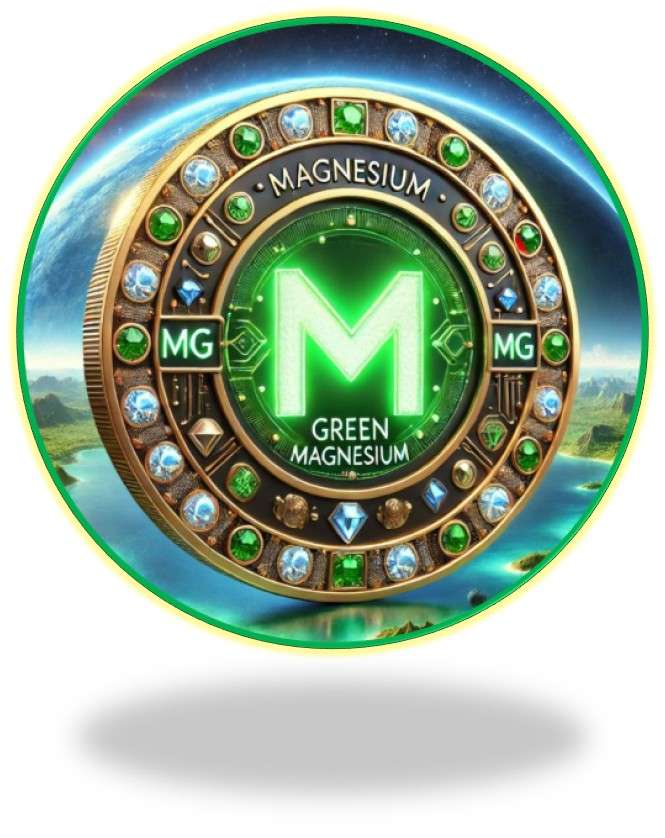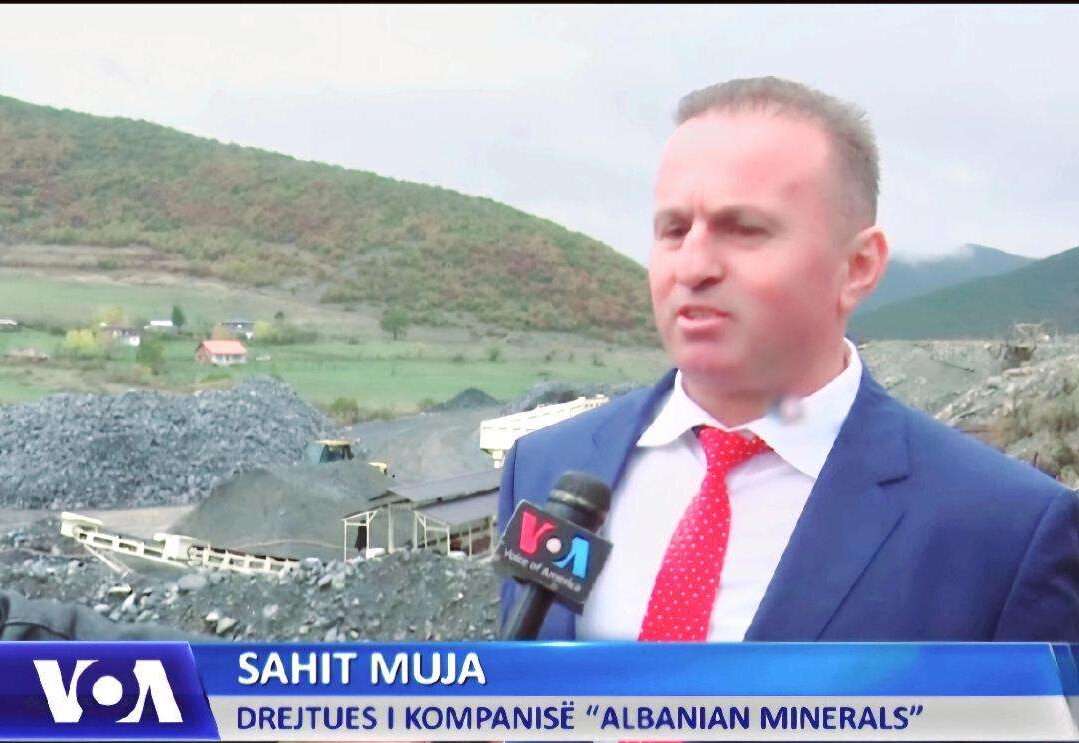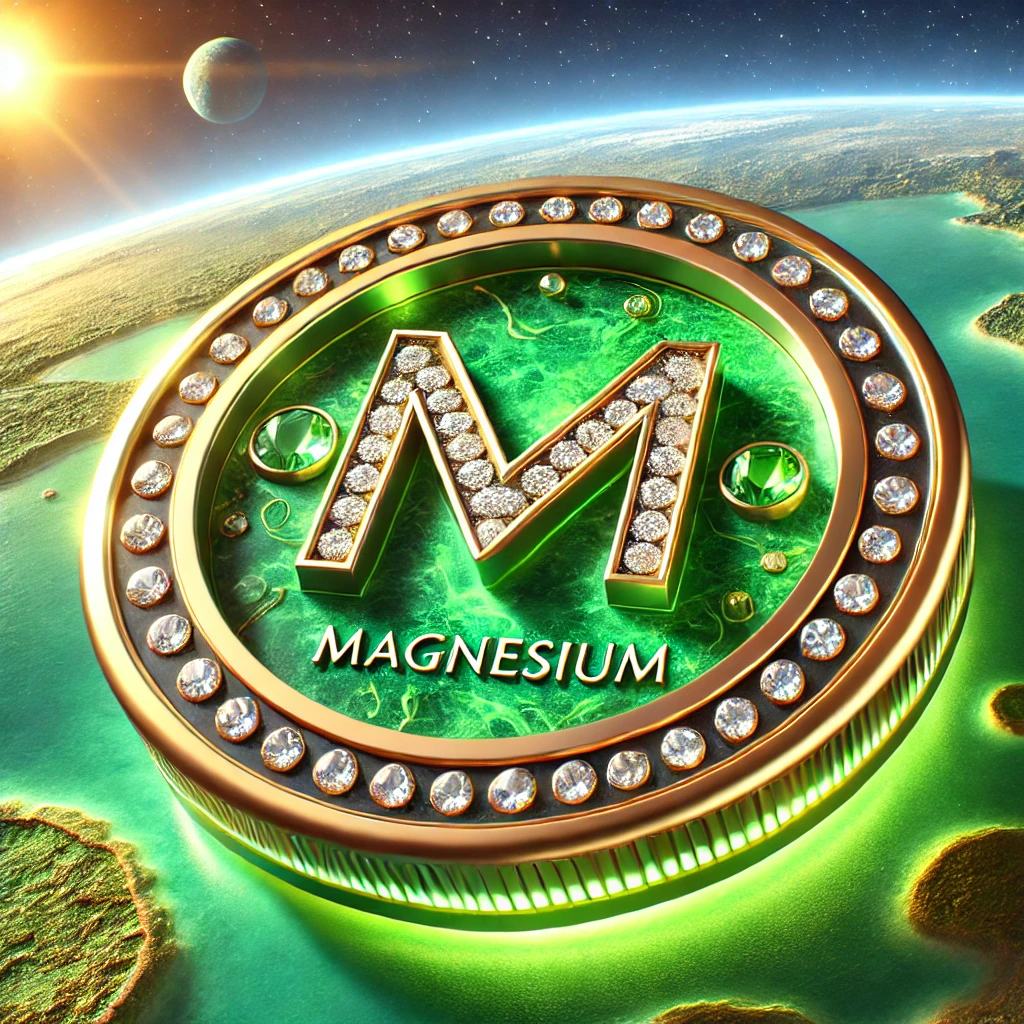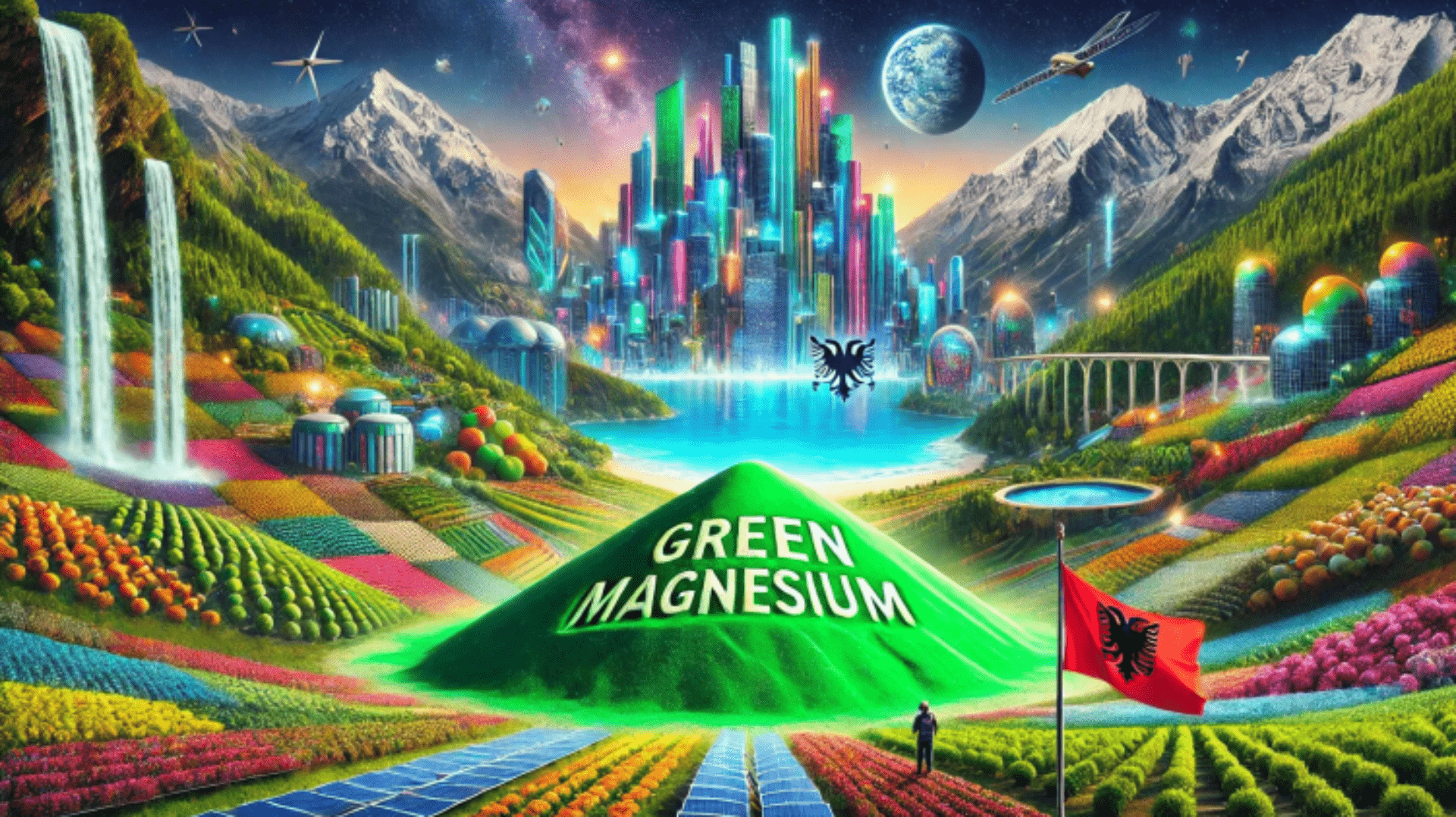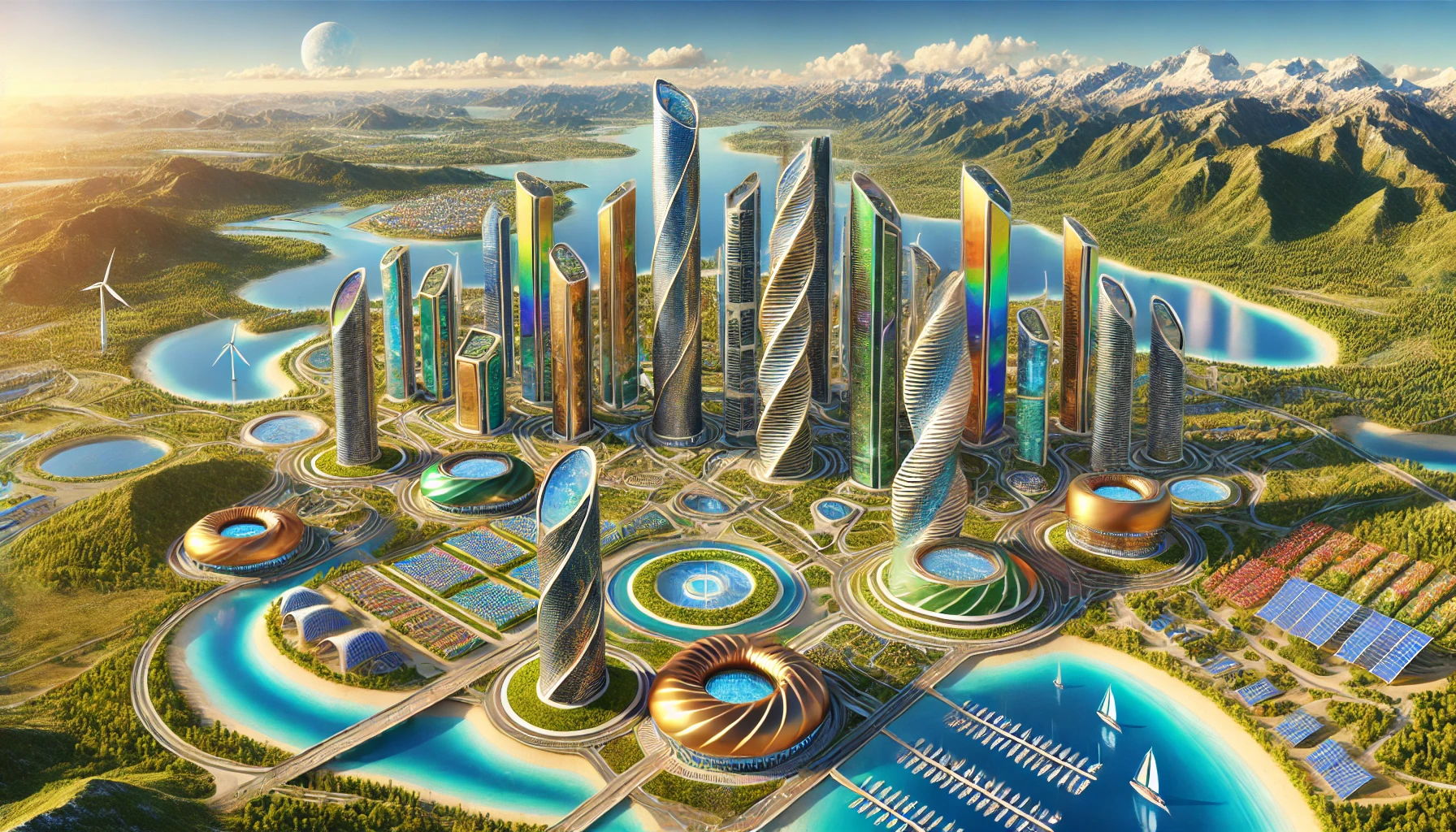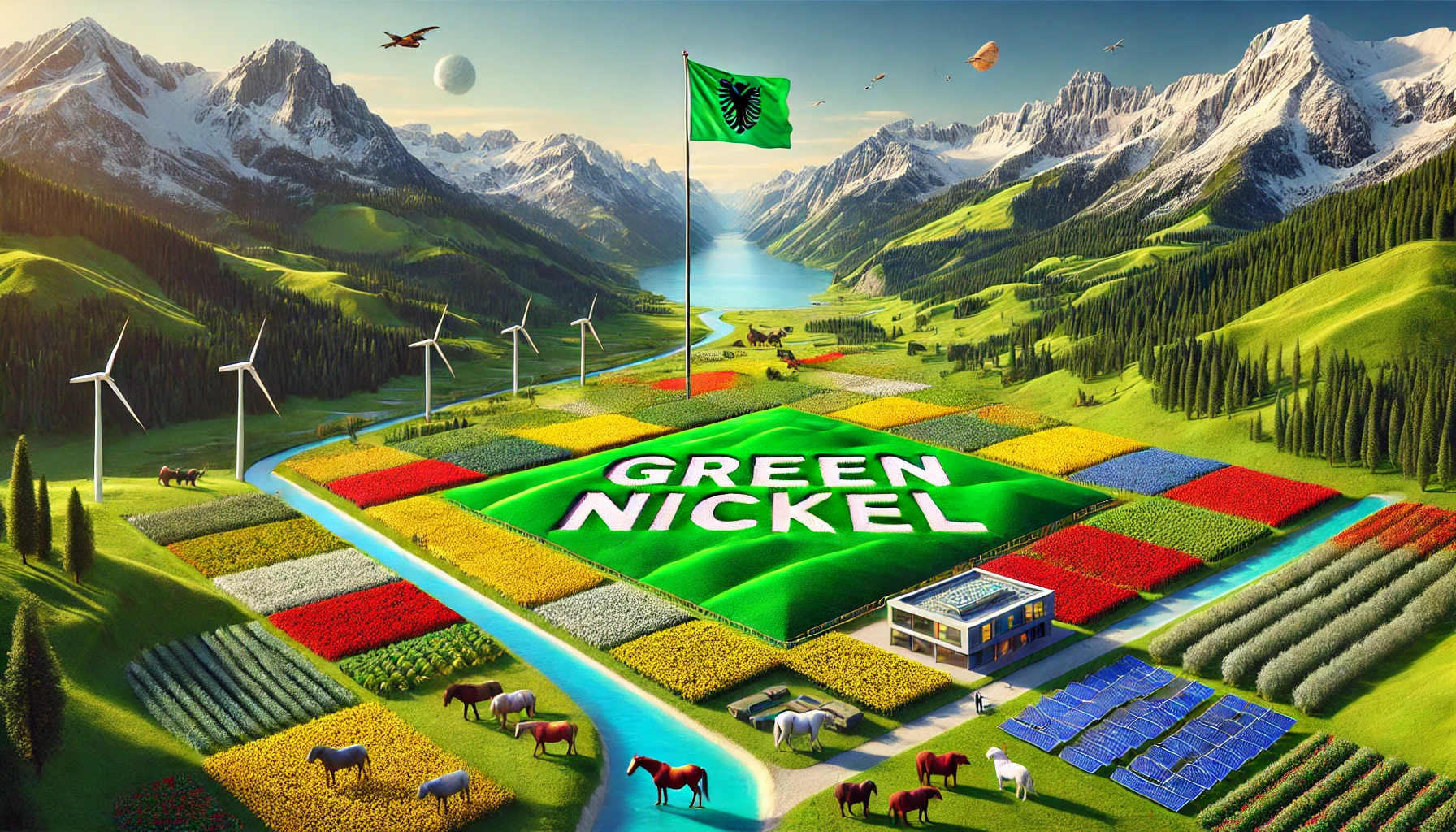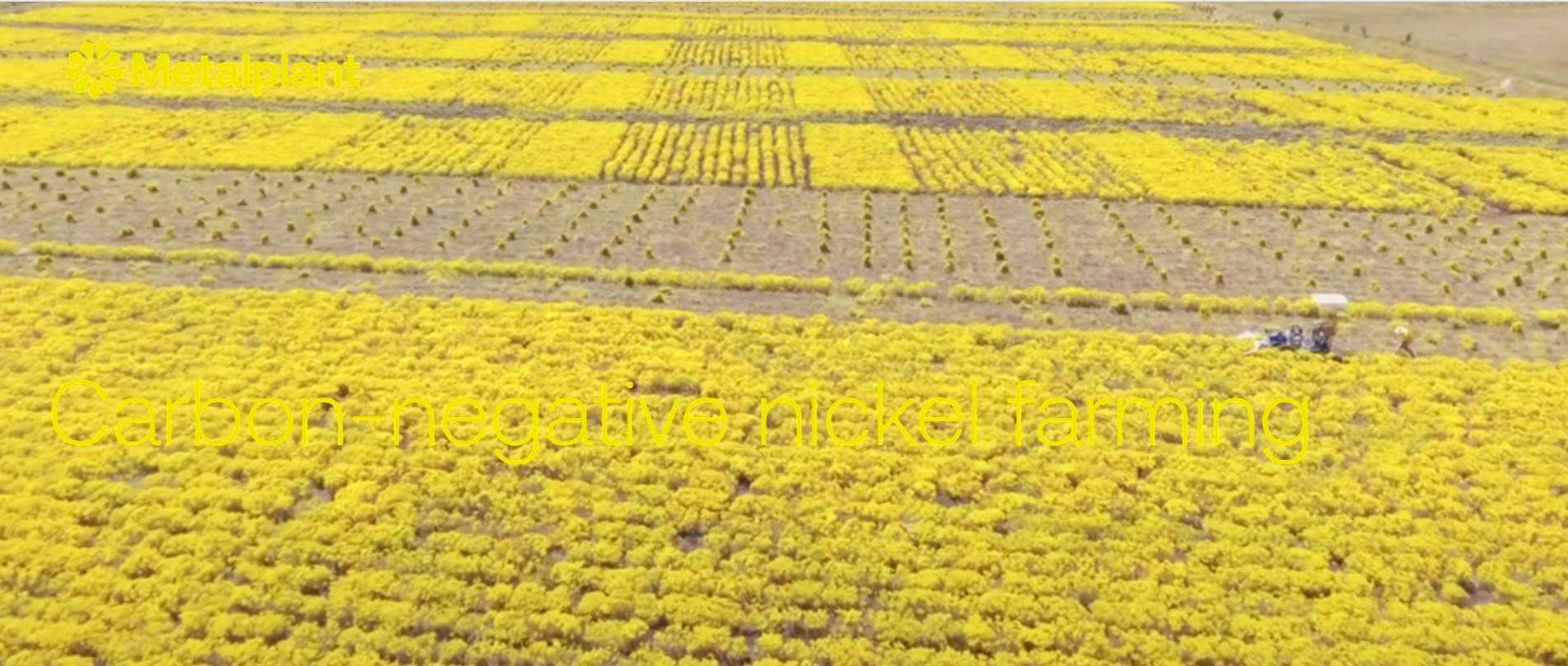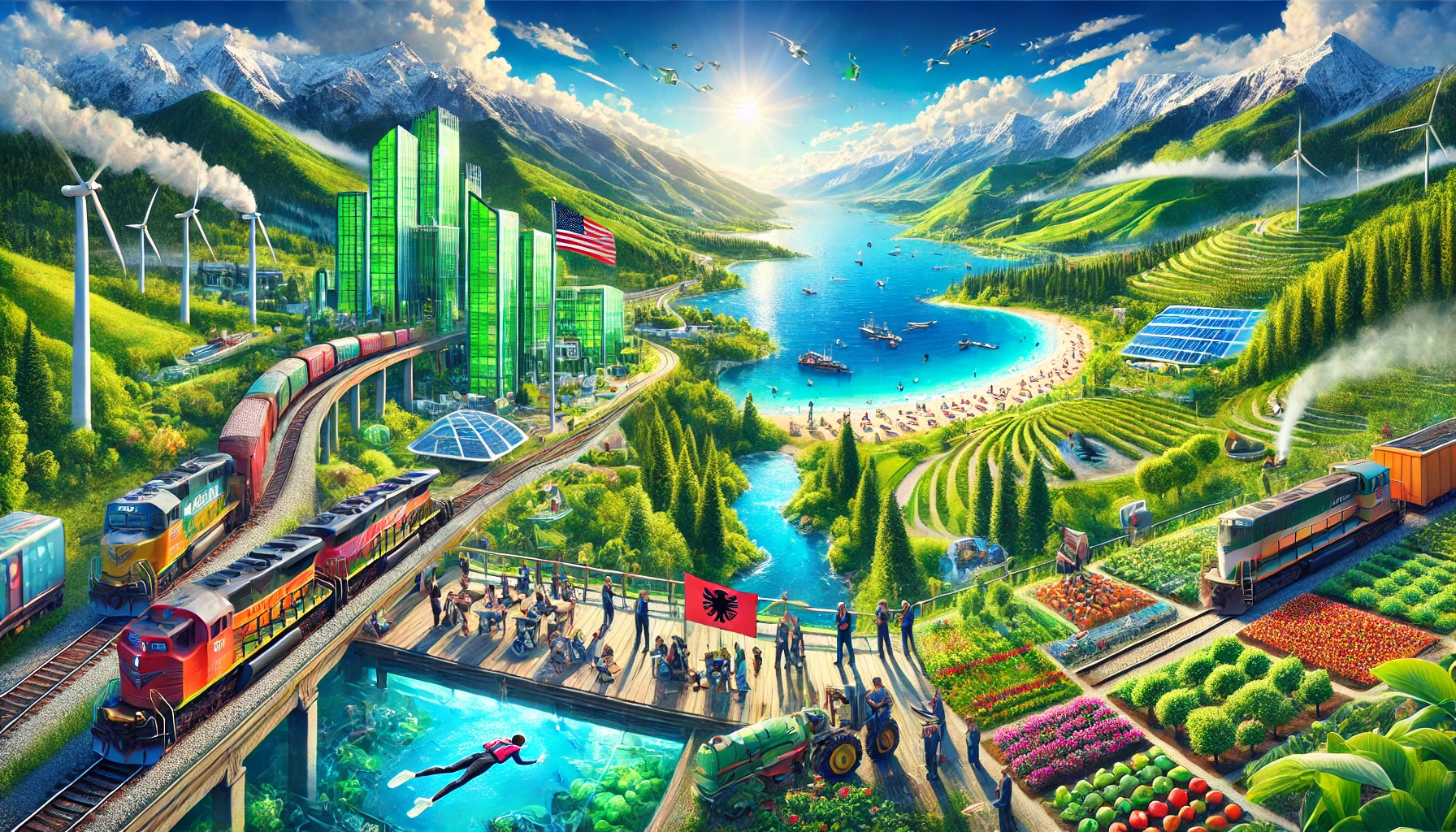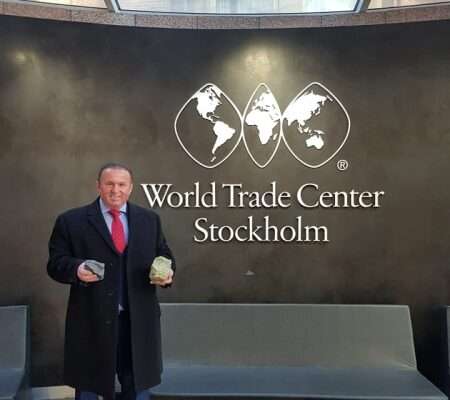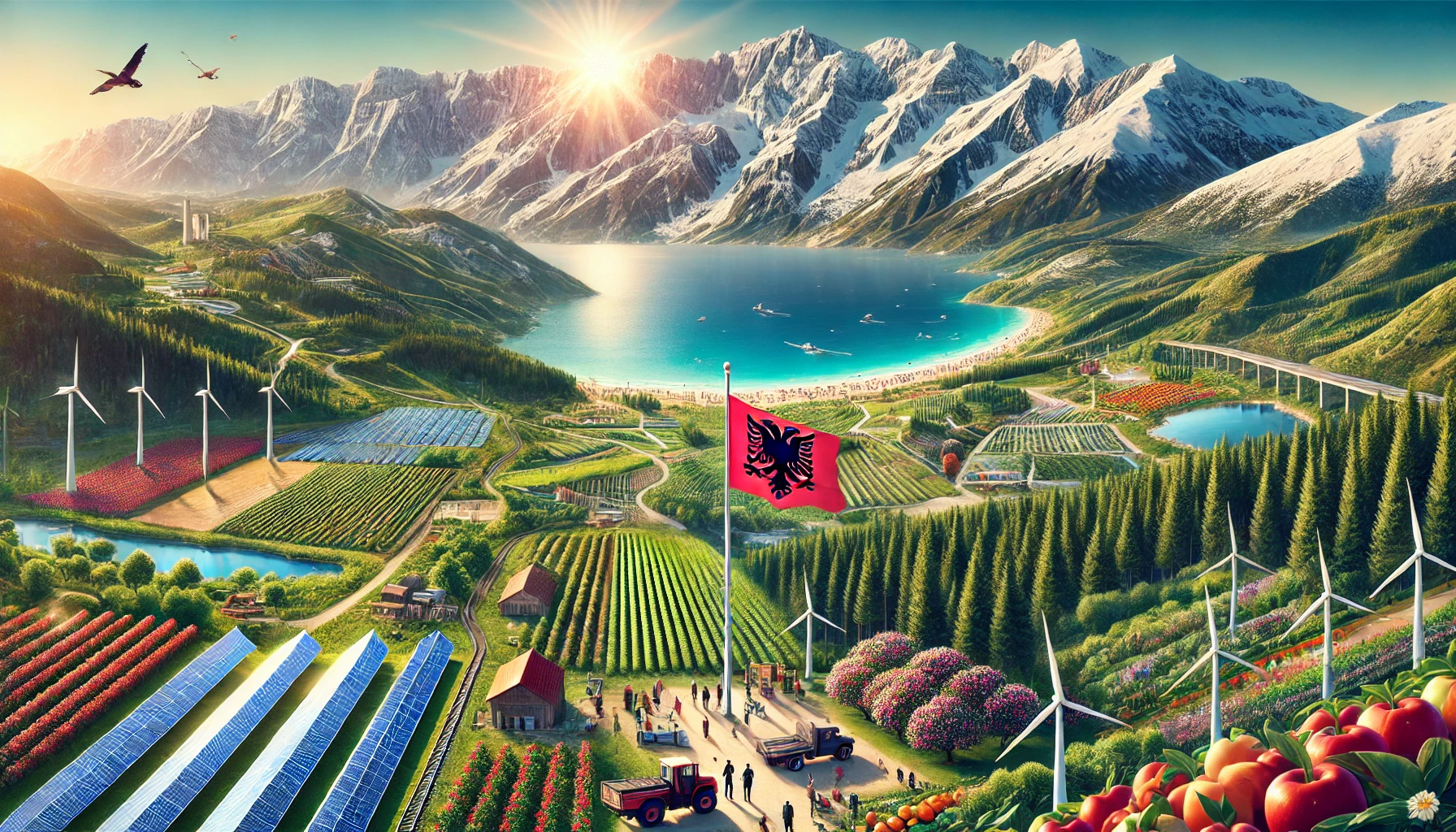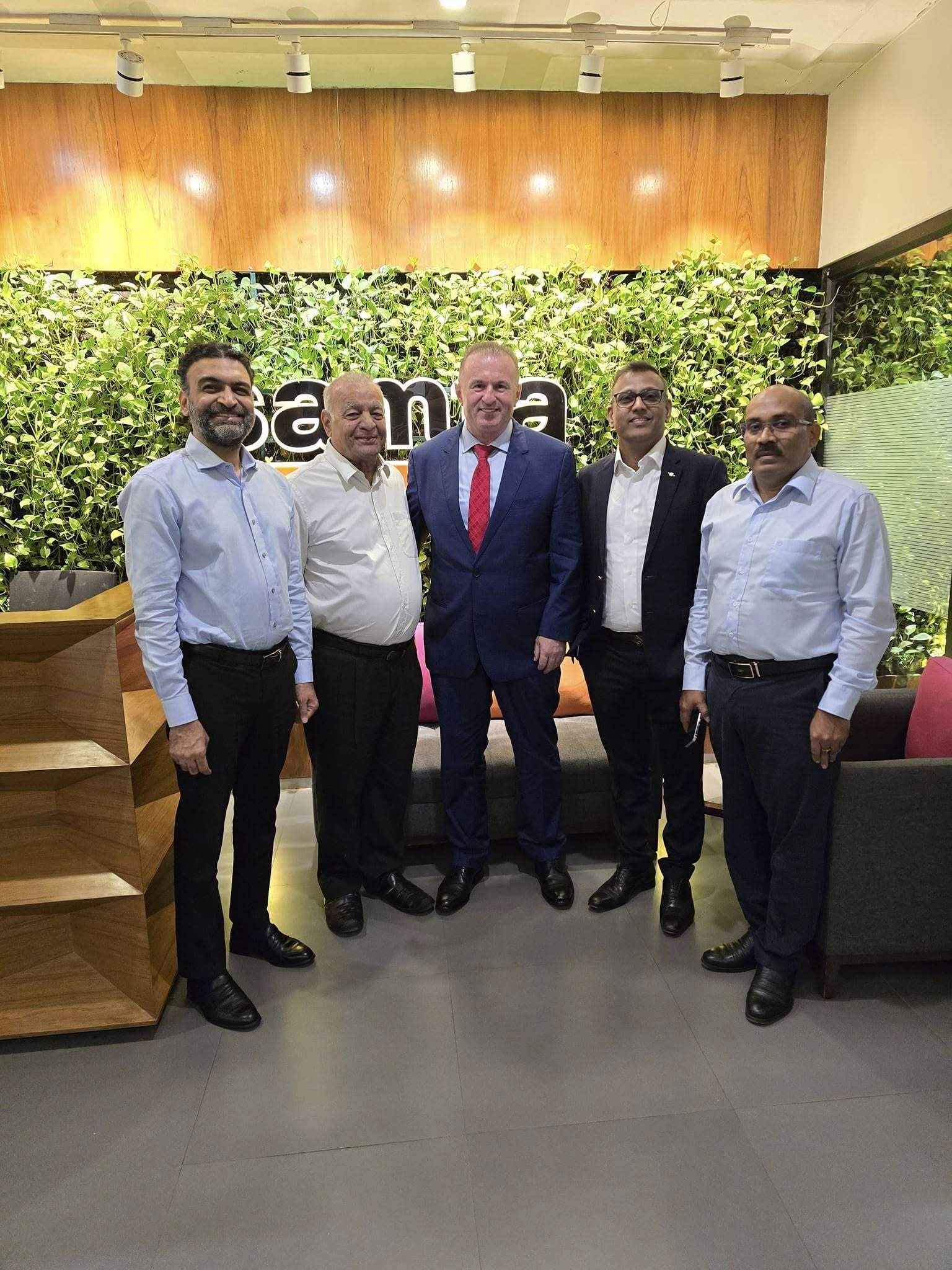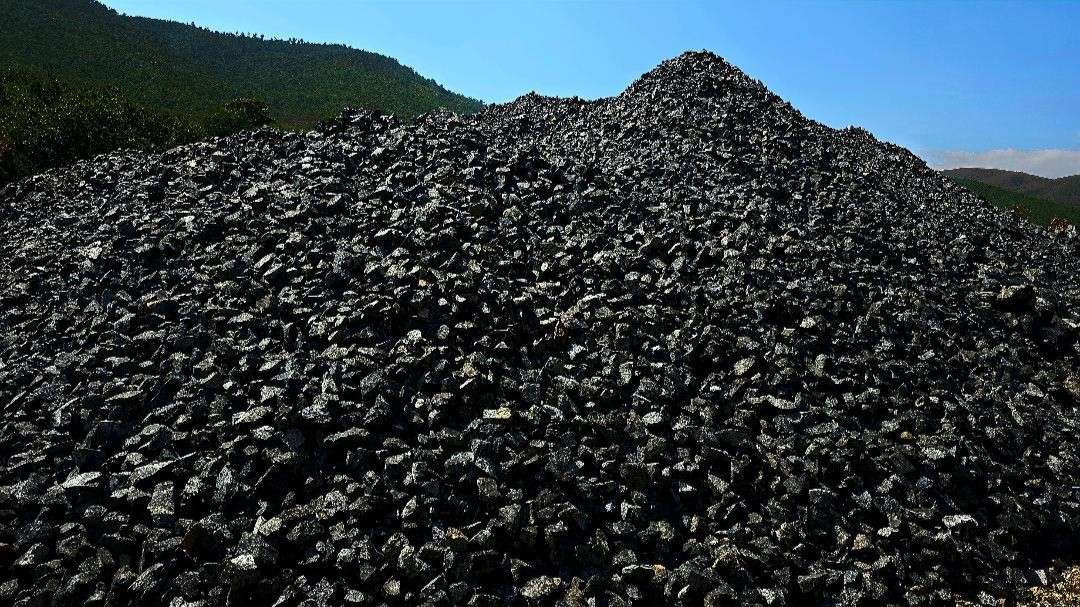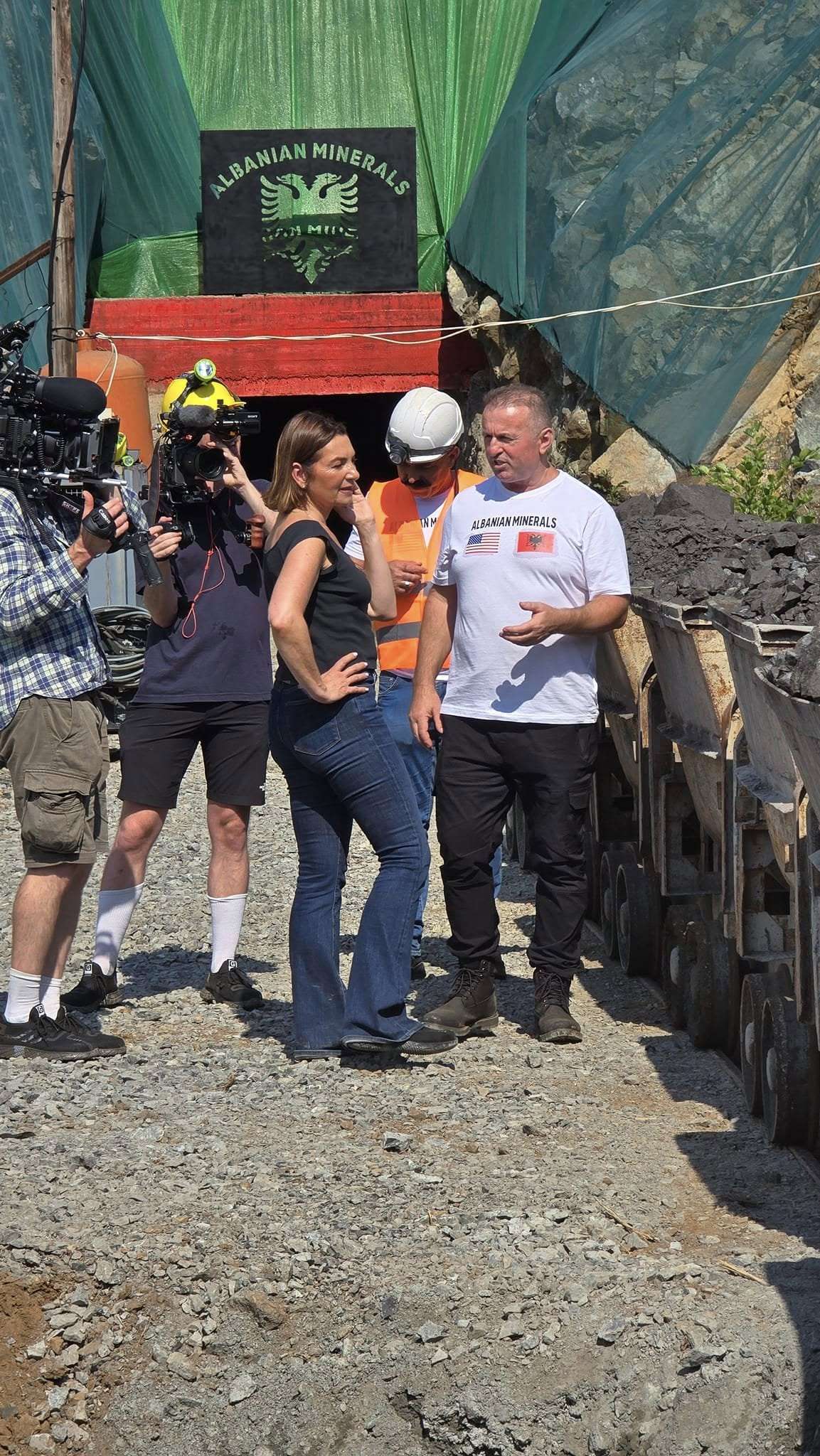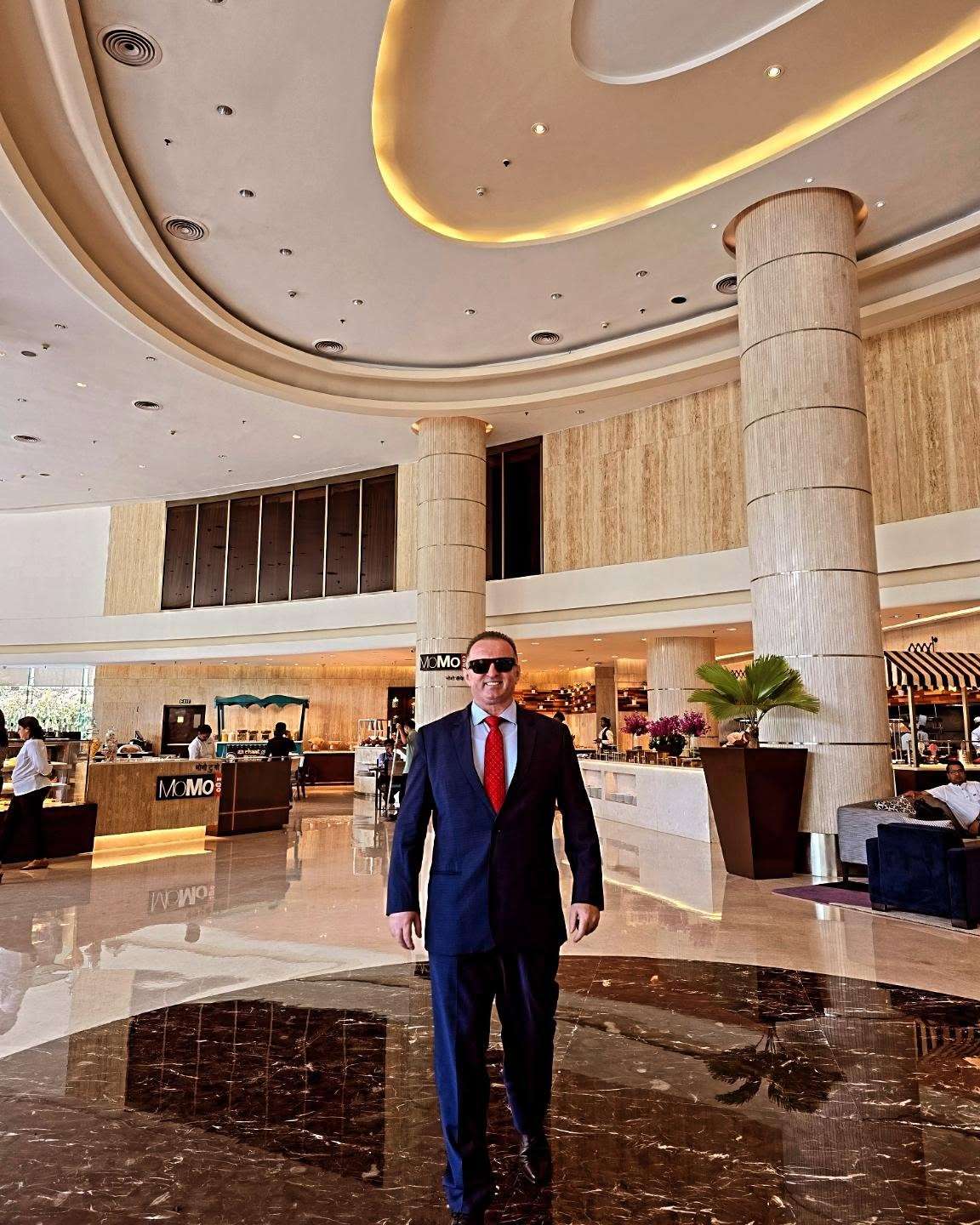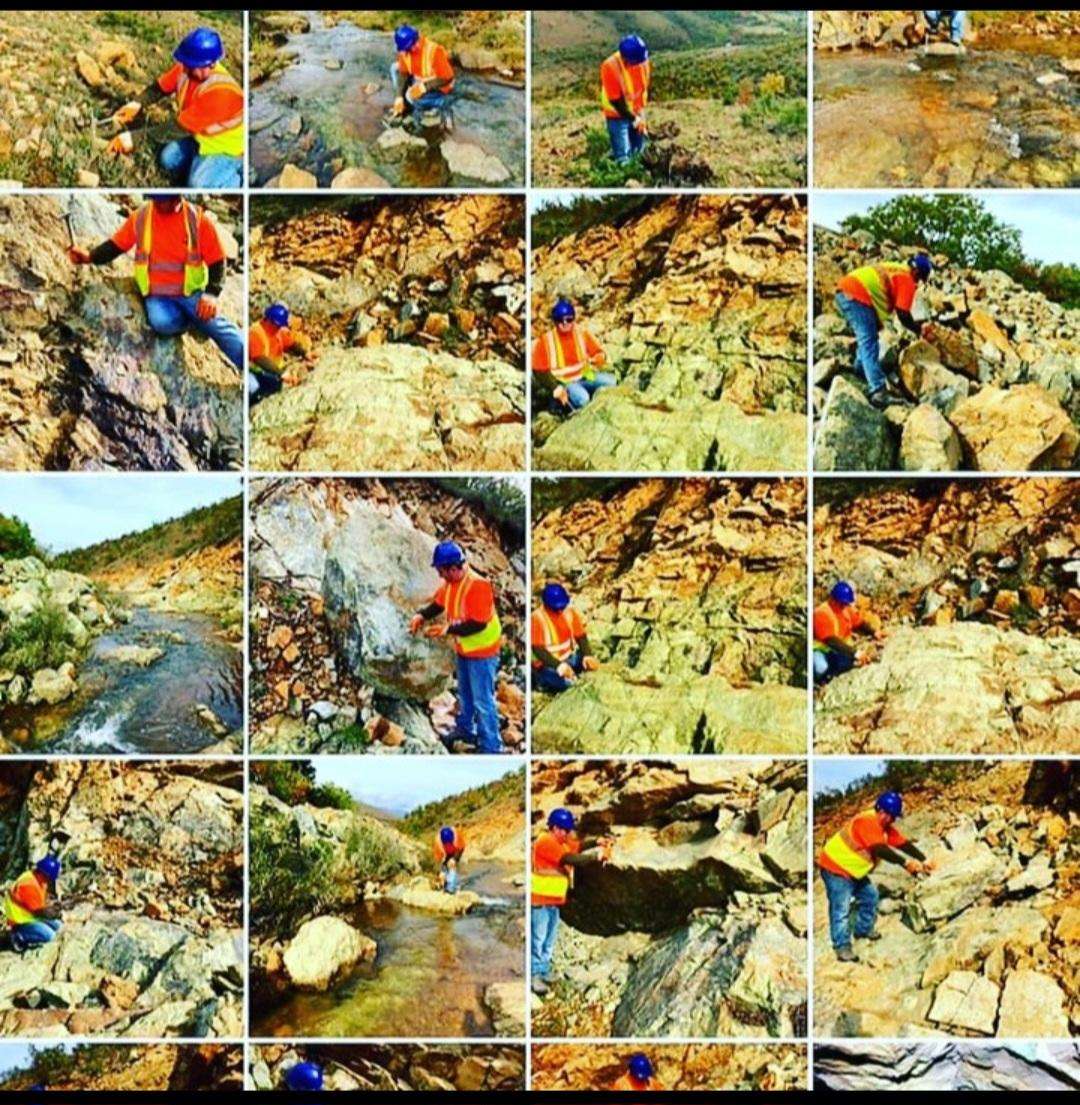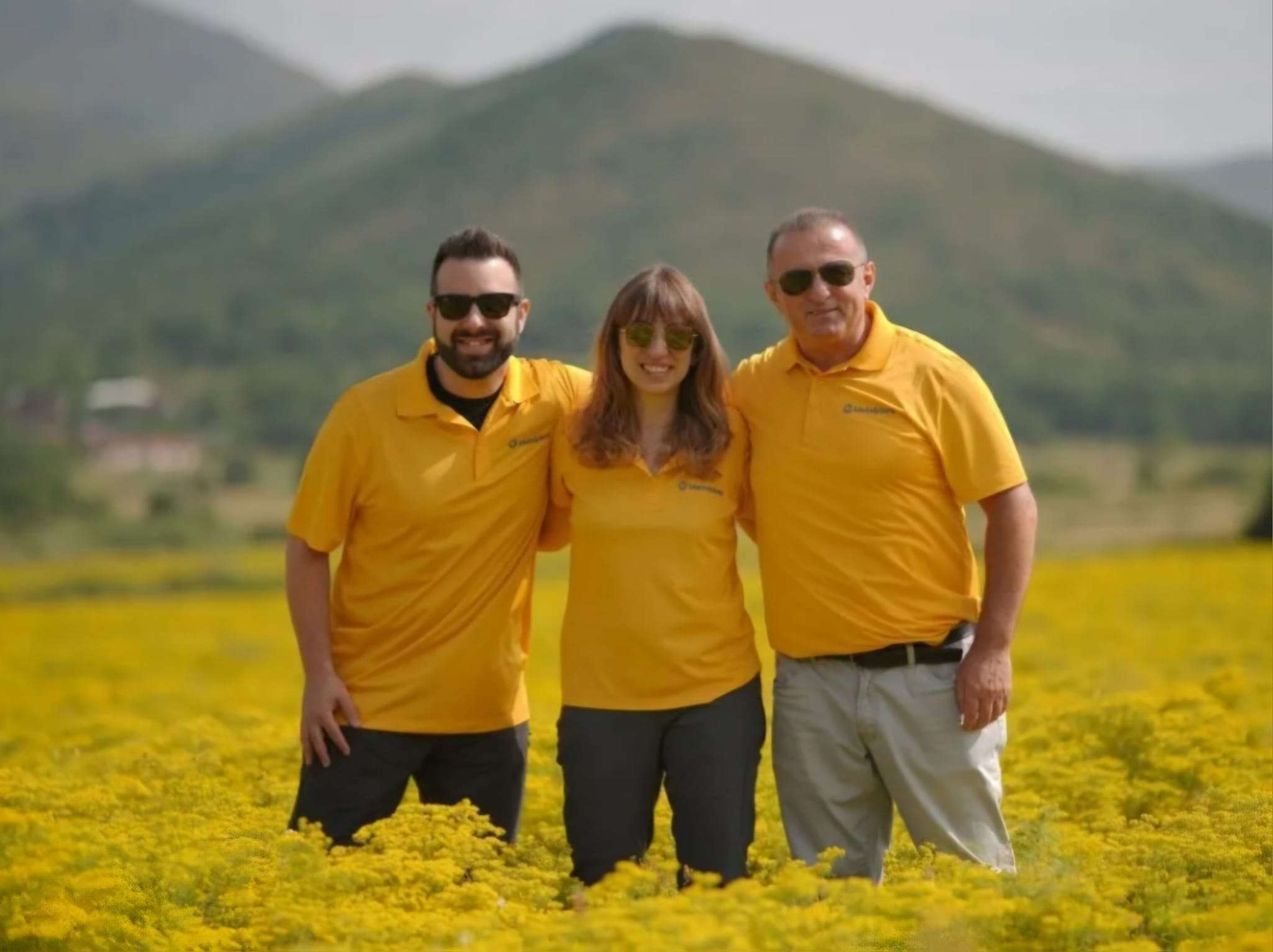
Copper’s exceptional properties its unparalleled electrical and thermal conductivity, remarkable resistance to corrosion, and inherent malleability, render it an indispensable ally across a myriad of industries. In the realm of Electrical and Electronics, copper is the lifeblood coursing through intricate circuits, the silent conductor of innovation that powers our digital age. Its role extends beyond mere functionality; it embodies the very essence of connectivity, linking our devices, our communities, and our futures.
Within the sprawling canvases of Construction, copper is more than a building block; it is a testament to durability and elegance. From the gleaming rooftops that catch the sun’s first light to the intricate plumbing systems hidden within, this metal transcends its utilitarian roots to become a symbol of architectural artistry. It breathes life into the frameworks that shelter us, merging aesthetic beauty with practical resilience.
As we navigate the avenues of Transportation, copper assumes yet another vital role. It weaves through the veins of our vehicles, traditional and electric alike, empowering them with efficiency and responsiveness. The burgeoning fleet of electric vehicles, heralded as the vanguard of a greener future, relies heavily on copper’s prowess to ensure seamless mobility while diminishing our carbon footprint.
Yet, the resonance of copper’s significance echoes most profoundly within the Renewable Energy sector. Here, it plays a pivotal role in harnessing the natural forces of wind and sun, embodying the very essence of our aspirations for a sustainable tomorrow. Offshore wind farms, where the ocean meets the sky, demand an astonishing threefold increase in copper compared to traditional coal-fired power generation. This red metal is the lifeline that connects solar panels to the grid, transforming sunlight into electricity and hope.
However, as we cast our gaze toward this copper-clad horizon, we must confront a sobering reality: the industry faces a confluence of challenges that threaten to stymie our progress. Despite the glowing projections of demand, existing mines and new ventures under construction are poised to fulfill only 80% of global copper needs by 2030. This looming shortage casts a shadow over our ambitions for a renewable future.
The hurdles are manifold. A dwindling workforce in the mining sector, exacerbated by regulatory complexities and community pushback, creates an intricate tapestry of obstacles. Local stakeholders, often with legitimate concerns, voice their apprehensions about environmental impacts, while mining companies wrestle with the dual imperatives of responsible resource extraction and operational efficiency.
Yet, in the face of adversity lies opportunity. The impending copper shortage ignites a clarion call for innovation, pushing industries to rethink, redesign, and reinvigorate their approaches to sustainability. It challenges engineers and policymakers to explore alternatives, from enhancing recycling efforts to developing new technologies that optimize copper usage in energy generation and distribution.
As we stand at this pivotal juncture, we are reminded that every challenge harbors the seed of inspiration. The journey toward a sustainable future, illuminated by the warm glow of copper, beckons us to collaborate, innovate, and envision a world where our aspirations align with our actions. In this symbiotic relationship between demand and sustainability, copper not only signifies the pulse of our economy but also the collective heartbeat of a generation striving for a better tomorrow.
In this grand tapestry of progress, let us embrace the challenges ahead, fueled by the vibrant spirit of copper, a metal that, much like our resolve, is destined to withstand the test of time. Let us forge ahead, united in purpose, toward a luminous future that honors both the beauty of our planet and the ingenuity of humankind.
Sahit Muja
New Yor








